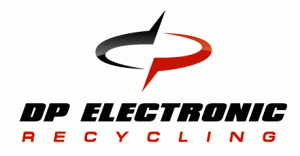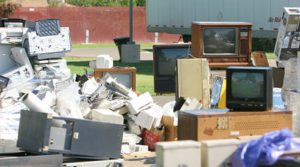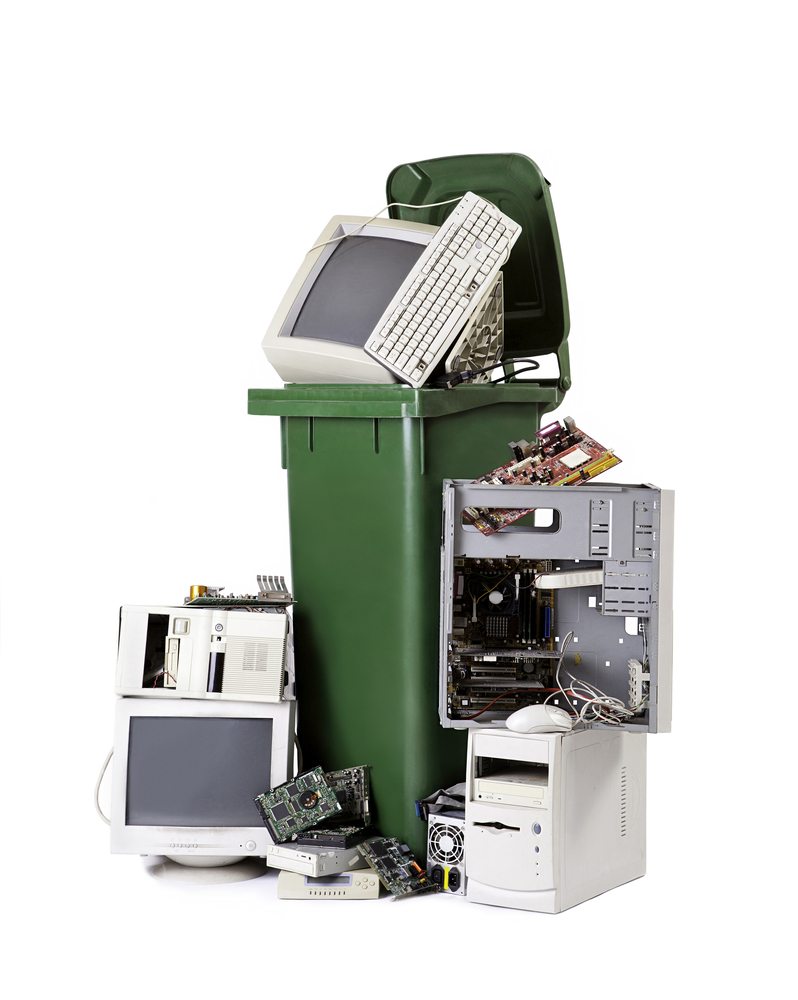A Spanish company supplying CRT glass to the European ceramics industry has been seeing glass tonnages from the U.S. steadily increase.

A Spanish company supplying CRT glass to the European ceramics industry has been seeing glass tonnages from the U.S. steadily increase.
 An e-scrap processor has announced plans to build a facility in Whitewater, Wisc. with the goal of transforming CRT glass to tiles.
An e-scrap processor has announced plans to build a facility in Whitewater, Wisc. with the goal of transforming CRT glass to tiles.
Nulife Glass says testing is underway on its New York CRT glass recycling furnace and that another operation in Virginia will get up and running in 2016.
 New Jersey lawmakers will decide today whether to move a bill that would beef up the state’s e-scrap program out of committee and onto the General Assembly floor for a vote. Continue Reading
New Jersey lawmakers will decide today whether to move a bill that would beef up the state’s e-scrap program out of committee and onto the General Assembly floor for a vote. Continue Reading
Responding to what it calls a dearth of reliable downstream processors of CRT funnel glass, the state of California will allow the lead-laden material to head to hazardous waste disposal facilities.
A webinar hosted by the U.S. Environmental Protection Agency this week featured presentations from four key processors hungry for more CRT glass.
 One of the country’s largest outlets for CRT glass, Closed Loop Refining and Recovery, is no longer certified to the R2 standard in Arizona and has seen its certification in Ohio suspended.
One of the country’s largest outlets for CRT glass, Closed Loop Refining and Recovery, is no longer certified to the R2 standard in Arizona and has seen its certification in Ohio suspended.
 What does the future hold for California’s e-scrap recycling program? Stakeholders were recently polled on different possibilities, and respondents were divided on issues such as landfill ban proposals and whether or not to continue the state’s unique consumer-fee strategy.
What does the future hold for California’s e-scrap recycling program? Stakeholders were recently polled on different possibilities, and respondents were divided on issues such as landfill ban proposals and whether or not to continue the state’s unique consumer-fee strategy.
 Goodwill Industries in Indiana is no longer accepting TVs at some locations due to CRT recycling issues, and a modular computer concept looks for funding.
Goodwill Industries in Indiana is no longer accepting TVs at some locations due to CRT recycling issues, and a modular computer concept looks for funding.
 A lobbyist has been hired by R2 and e-Stewards to stage a last-minute fight against a bill that’s moving swiftly through the Illinois legislature.
A lobbyist has been hired by R2 and e-Stewards to stage a last-minute fight against a bill that’s moving swiftly through the Illinois legislature.
